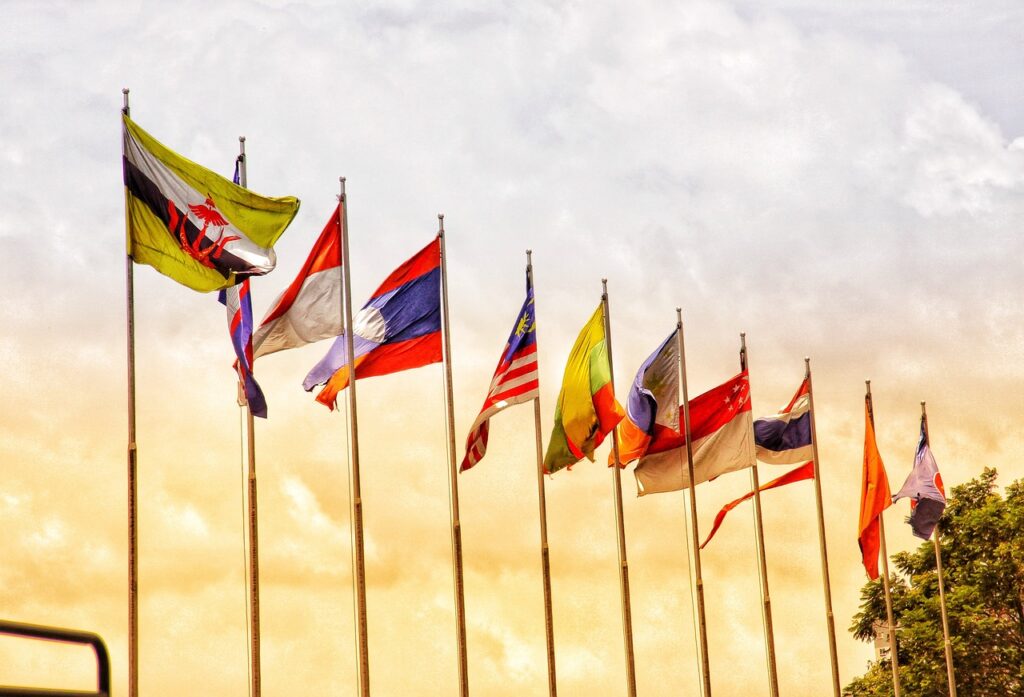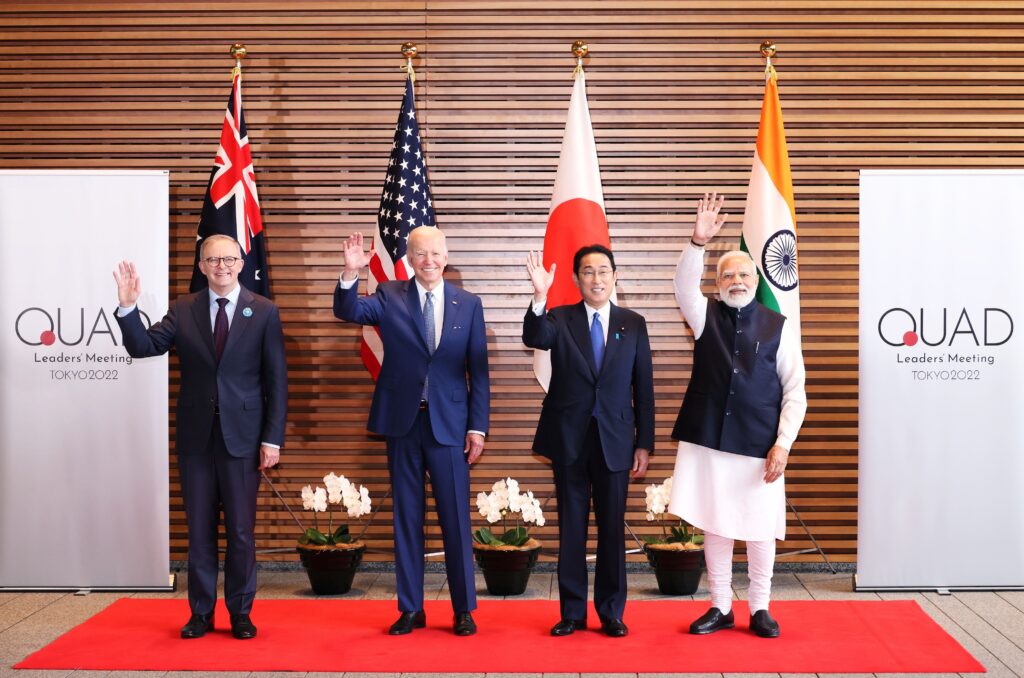
The unique geographical position of Southeast Asia at the center of the Indo-Pacific region has made it geopolitically significant. With a coverage area of 4.49 million square kilometers and a population of over 660 million, the Association of Southeast Asian Nations (ASEAN) is seen as the predominant regional architecture in the region. Amid the growing strategic competition between the United States (US) and China, ASEAN’s attitude and policy stances have been placed under the spotlight.
Since the end of the Cold War, ASEAN has gradually established its centrality in Indo-Pacific regional affairs by strengthening its ties with major powers. China’s relationship with ASEAN has become closer over the years. A comprehensive strategic partnership was formed between the two entities in 2021 — the China-ASEAN Free Trade Agreement was signed and later upgraded, and mutual assistance was provided during COVID-19. Similarly, the US has also grown closer to ASEAN. The US-ASEAN relationship was upgraded to a comprehensive strategic partnership in 2022 and several ASEAN members have been invited by the US to join the Indo-Pacific Economic Framework. The developments in the relationship between ASEAN and both major powers demonstrate its balanced diplomatic strategy.
On May 20, 2023, the Quadrilateral Security Dialogue (Quad) comprising Australia, India, Japan, and the United States met on the sidelines of the G7 meeting in Hiroshima, Japan. Quad released a joint statement committing to a shared vision for the Indo-Pacific region. The statement emphasized Quad’s investment in “… the future prosperity and stability of the Indo-Pacific…” and Quad’s plans to work alongside Indo-Pacific regional institutions such as ASEAN. The commitment made by Quad could help further strengthen relationships between ASEAN and individual Quad countries, including the US.

As a strategic security dialogue initially launched in 2007, Quad has historically struggled to gain acceptance within Southeast Asia. For a long time, there was discomfort in many ASEAN countries over the risk of having to choose sides in the US-China superpower competition. The motives of Quad have also been viewed with a healthy dose of skepticism. However, recent survey findings suggest that Southeast Asia’s policy community has shifted towards being more open to the Quad. For example, 69 percent of Southeast Asian experts polled felt that Quad benefited the region or complemented ASEAN’s own efforts to facilitate cooperation with other countries.
This shift in position can be attributed to several key developments. Alongside acknowledging and respecting the centrality, agency, and leadership of ASEAN in its vision statement, the Quad has started to lay out concrete initiatives for involving ASEAN more in Quad’s work within the Indo-Pacific region. Quad has also shifted their primary emphasis away from security strategy and countering China. Instead, the focus is on delivering practical, tangible benefits to ASEAN through collaborations in civilian policies. This includes exchanging climate information, creating green shipping and ports, and building resilient infrastructure. Since tangible benefits rather than political statements are generated, the ASEAN-Quad partnership is likely to be viewed more favorably by countries such as China. ASEAN is also able to alleviate tensions by selecting areas of ASEAN-Quad cooperation that benefit not only Quad and ASEAN countries but also China and other key partners.
These key developments create the pathway for ASEAN to work more closely with the Quad while maintaining a balanced diplomacy strategy with China and the US. Furthermore, ASEAN should be able to preserve its autonomy and centrality in the Indo-Pacific region while partnering with Quad. Given the tangible benefits produced through an ASEAN-Quad partnership, careful navigation through the brewing global superpower maelstrom presents an opportunity for ASEAN member states.